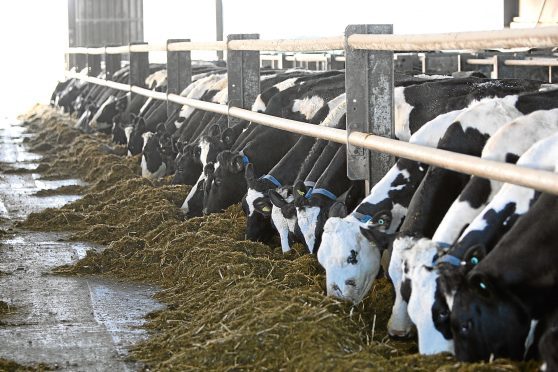While official figures released yesterday showed that average farm incomes for 2016-17 had risen 94% on the year, the hourly earnings of more than 45% of farmers stood below the national minimum wage.
Providing some context for the latest round of statistics released by the Scottish Government for Farm Business Income, NFU Scotland chief executive Scott Walker said that without farm support many more farms would be in a loss-making situation.
“Until we can address the inequalities in the supply chain, government support for the industry remains essential and must not be threatened due to Brexit,” said Mr Walker.
Despite what appeared to be a near doubling of income levels, the figure stood against a backdrop of sharp declines in recent years.
The statistics confirmed that this was the first rise in incomes which had fallen by 46% since 2011 – and had simply returned the figures to those which had been achieved in 2014.
The latest figures were based on annual audits of nearly 500 commercial farms in Scotland and looked at the financial health of the farm using the farm’s accounts during the 2016 crop year.
The report showed that the improvements came from lower input costs during the year boosted by better commodity and support prices, both of which had been boosted primarily by a fall in the value of Sterling.
However, despite the upturn in traditional farming enterprises, the figures showed that farmers who had expanded outside traditional agricultural work, such as renting out holidays homes or building small windfarms to generate electricity, had done better than those that hadn’t.
While all farm types showed improved incomes, high prices for potatoes and milk during that year had seen general cropping farms and dairy units head the league table of farm incomes.
